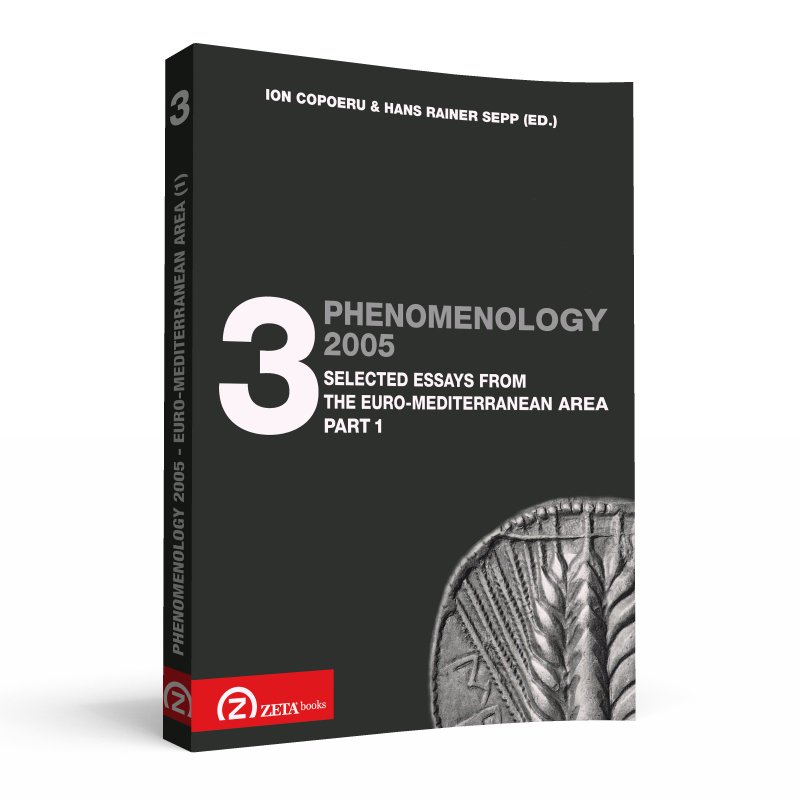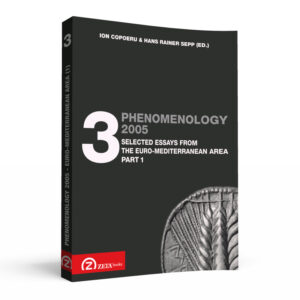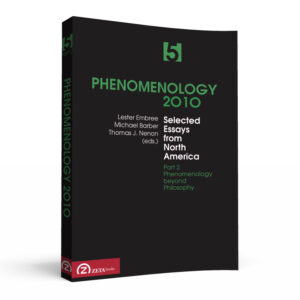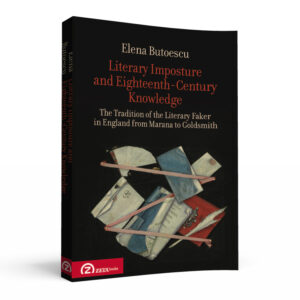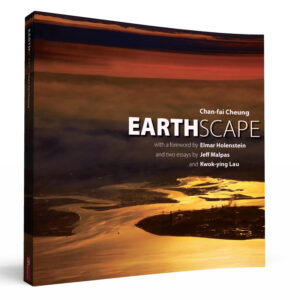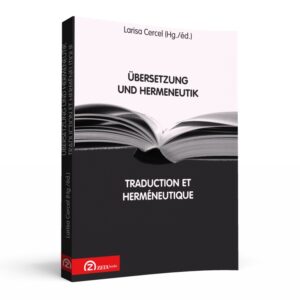Phenomenology 2005 is a very large publication, a total of over 4000 pages. There are 5 volumes (one for each geographical area, e.g. Asia / Latin America / Euro-Mediterranean Area / Northern Europe / North America ). Each of the 5 volumes comes in two parts. Thus, Phenomenology 2005 runs across 10 volumes, each can be ordered separately.
The two volumes of essays coming from Europe – the Northern as well as the Southern part including the whole Mediterranean area – relate to practically all the fields of the today’s ongoing phenomenological research. They present a general idea of how phenomenologists from this area today confront the “classical” questions of phenomenology and show how new themes and modes of inquiry have been opened. A large part of the essays deal with the central questions of the phenomenology, such as world, consciousness, ego, language, truth, epochē, phenomenality, body, alterity, attention, affection, and praxis, but also with fresh and provocative topics, such as dance, border experiences, violence, and biological objects. The main figures of the phenomenological movement have, of course, a privileged place. In the order of the frequency of occurrences, they are Husserl, Merleau-Ponty, Heidegger, Schutz, Gurwitsch, Patocka, Levinas, Michel Henry, Ricoeur, Fink, Rombach, Anders, Noica, and Dragomir. There are important debates between phenomenology and representatives of other philosophical schools and the deeper philosophical tradition from Plato and Kant to Wittgenstein, Derrida, Foucault, and Adorno. Other essays shed light on the fruitful relation of phenomenology with researches in sciences (ethno-methodology, cognitive sciences, Gestaltpsychologie) or the arts (painting, literature, and architecture). Finally, some of the essays document the cultural and personal milieu in which phenomenology arose, figures such as those of Adolf und Anne Reinach, Edmund und Malvine Husserl, and Edith Stein being brought into the light anew.
Introduction
1. Denisa Butnaru – The Field of Relevances and the Constitutive Role of Type Structure for Sociality
2. Cristian Ciocan – Philosophy without Freedom: Constantin Noica and Alexandru Dragomir
3. Ion Copoeru – Intersubjectivity: Between Doxa and Praxis Husserl’s Phenomenology of Communicating Persons
4. Natalie Depraz – Attention et affection : la micro-genèse husserlienne de l’attention à la lumière des perspectives empiriques de Stumpf et de James, de Külpe et de Titchener
5. Jesús M. Díaz Álvarez – Transcendental Phenomenology and the Psychological Phenomenological Reduction in Aron Gurwitsch
6. Eliane Escoubas – Phenomenology of Art and of the Image (Research into Painting)
7. Dimitri Ginev – Towards a Phenomenology of Biological Objects of Inquiry
8. Joan González – Fenomenología Estática de los Actos de Compra
9. Valentina Gueorguieva – Phenomenology on the Verge: Alfred Schütz’s Phenomenology of Common-Sense World
10. Jad Hatem – The Unavoidable: Notes on the Relation of Otherwise than Being to The Essence of Manifestation
11. Domenico Jervolino – The Gift of Languages. Towards a Philosophy of Translation
12. <paper eliminated for causes of ethical misconduct>
13. Pavlos Kontos – Phenomenology of Moral Action after Heidegger
14. Danielle Lories – From Aesthetic Judgment to Aesthetic Attitude: Kant and Husserl
15. César Moreno – Fenómenos y manifiestos: La fenomenología en el horizonte de la vanguardia
16. César Moreno – Phenomena and Manifestos: Phenomenology at the Horizon of Vanguardism
ISBN 978-973-88633-6-1

